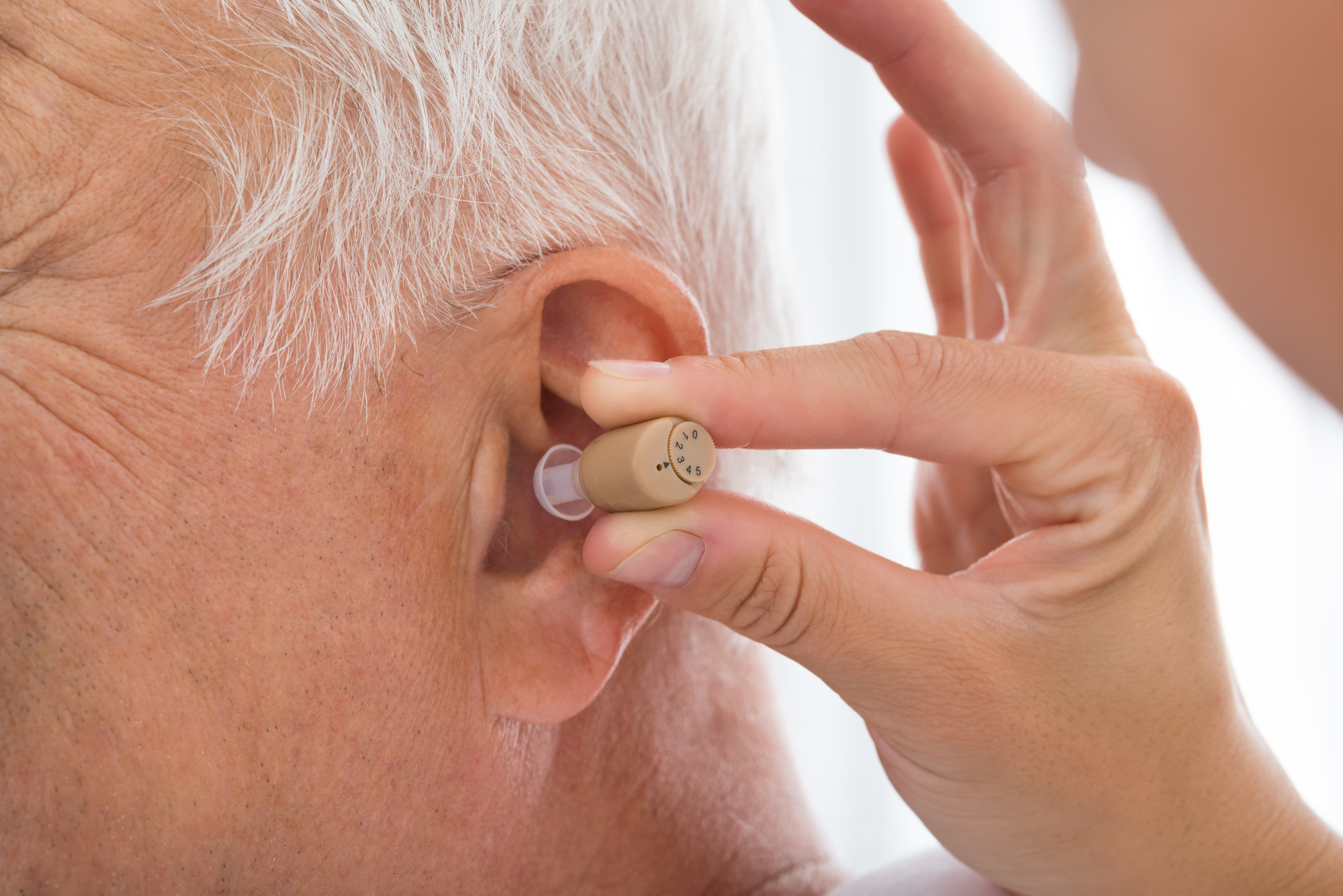Understanding How Sound Amplification Devices Differ From Hearing Aids
This article delves into the distinct features and functionalities of sound amplification devices compared to hearing aids, providing readers with a detailed understanding of how these devices differ in assisting individuals with hearing impairments.

What Are Hearing Aids and Who Benefits From Them?
Hearing aids are sophisticated medical devices specifically designed to address hearing loss. They are programmed by audiologists or hearing health professionals to amplify sounds based on an individual’s unique hearing profile. These devices use advanced technology to process sound, reducing background noise while enhancing speech clarity. Hearing aids are beneficial for people with various types of hearing loss, from mild to severe.
Modern hearing aids utilize digital signal processing to analyze incoming sounds and make appropriate adjustments. They often include features like directional microphones, feedback cancellation, and wireless connectivity options for streaming audio directly from smartphones or televisions. Some models even incorporate artificial intelligence to learn the wearer’s preferences and automatically adjust settings based on different listening environments.
How Do Sound Amplification Devices Work?
Sound amplification devices, also known as Personal Sound Amplification Products (PSAPs), function differently from hearing aids. Rather than being customized to address specific hearing loss patterns, these devices simply make all sounds louder. They typically feature a microphone that captures environmental sounds, an amplifier that increases the volume, and a speaker that delivers the amplified sound to the ear.
Unlike hearing aids, PSAPs are designed for individuals with normal hearing who may occasionally want sound enhancement, such as during bird watching, hunting, or in certain challenging listening situations. These devices generally lack the sophisticated sound processing capabilities found in hearing aids and cannot be programmed to match a person’s specific hearing loss pattern.
What Are the Key Differences in Technology and Features?
The technological gap between hearing aids and sound amplification devices is substantial. Hearing aids incorporate advanced digital processors that can distinguish between different types of sounds, automatically adjust to various environments, reduce wind noise, and filter out unwanted background noise. Many modern hearing aids offer Bluetooth connectivity, smartphone app controls, and rechargeable batteries.
Sound amplification devices typically offer simpler technology focused on overall volume increase rather than sound quality enhancement. While some premium PSAPs may include rudimentary noise reduction or adjustable settings, they generally lack the advanced signal processing that makes hearing aids effective for people with hearing loss. The microphones in PSAPs are often omnidirectional, picking up sounds from all directions equally, whereas many hearing aids utilize directional microphones to focus on sounds coming from in front of the user.
How Are These Hearing Devices Regulated?
Hearing aids are classified as medical devices and are regulated by the Food and Drug Administration (FDA) in the United States. They must meet specific performance standards and quality requirements before being marketed. Traditionally, hearing aids required a prescription following a hearing evaluation by an audiologist or physician, although recent regulatory changes have created a new category of over-the-counter hearing aids for adults with perceived mild to moderate hearing loss.
In contrast, sound amplification devices are not subject to FDA regulation as medical devices because they are not marketed to address hearing impairment. Instead, they fall under general consumer product regulations. This difference in regulatory oversight reflects the distinct intended uses of these devices—hearing aids are designed to compensate for hearing loss, while PSAPs are marketed for situational sound enhancement for people with normal hearing.
What Should You Consider When Choosing Between Hearing Solutions?
Selecting the appropriate hearing device begins with understanding your specific hearing needs. If you experience symptoms of hearing loss—such as difficulty following conversations, frequently asking people to repeat themselves, or turning up the volume on electronic devices—a professional hearing evaluation is recommended before purchasing any device. An audiologist can determine the type and degree of hearing loss and recommend appropriate solutions.
Cost is another significant factor when comparing these hearing devices. Hearing aids typically represent a larger investment, reflecting their advanced technology, customization, and professional services that often accompany them. Sound amplification devices generally cost less but may not address the specific needs of someone with hearing loss.
Comparing Common Hearing Devices Available Today
When evaluating hearing solutions, it’s helpful to compare the features, benefits, and costs of different options:
| Device Type | Average Price Range | Key Features | Best For |
|---|---|---|---|
| Traditional Hearing Aids | $1,000-$4,000 per ear | Customized programming, advanced noise reduction, feedback cancellation, directional microphones | Diagnosed hearing loss (mild to severe) |
| OTC Hearing Aids | $200-$1,000 per ear | Self-fitting capabilities, basic noise reduction, app controls | Mild to moderate hearing loss in adults |
| Premium PSAPs | $100-$500 per device | Volume control, basic noise reduction, some directional capabilities | Situational hearing enhancement for those without hearing loss |
| Basic PSAPs | $20-$100 per device | Simple amplification, limited controls | Occasional sound enhancement for those with normal hearing |
Prices, rates, or cost estimates mentioned in this article are based on the latest available information but may change over time. Independent research is advised before making financial decisions.
The effectiveness of any hearing solution ultimately depends on how well it addresses your specific needs. While sound amplification devices may seem like a cost-effective alternative to hearing aids, they should not be considered substitutes for proper hearing care when actual hearing loss is present. Using a PSAP instead of a properly fitted hearing aid when true hearing loss exists can potentially lead to further hearing damage by over-amplifying certain frequencies.
This article is for informational purposes only and should not be considered medical advice. Please consult a qualified healthcare professional for personalized guidance and treatment.




